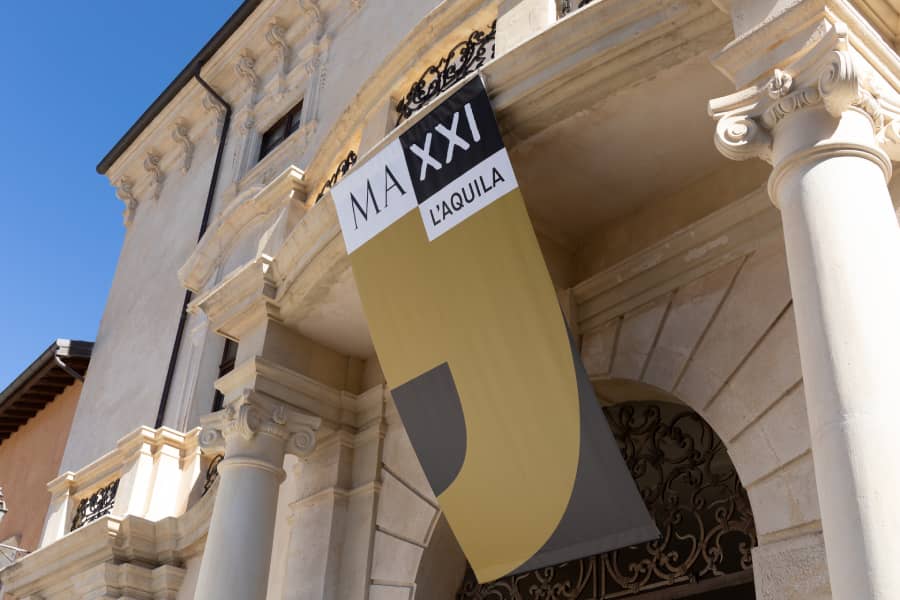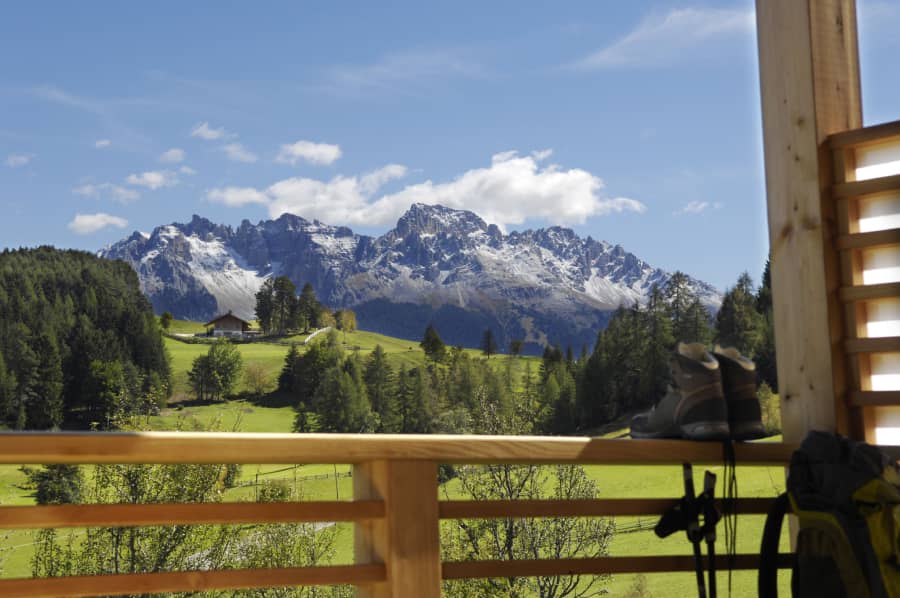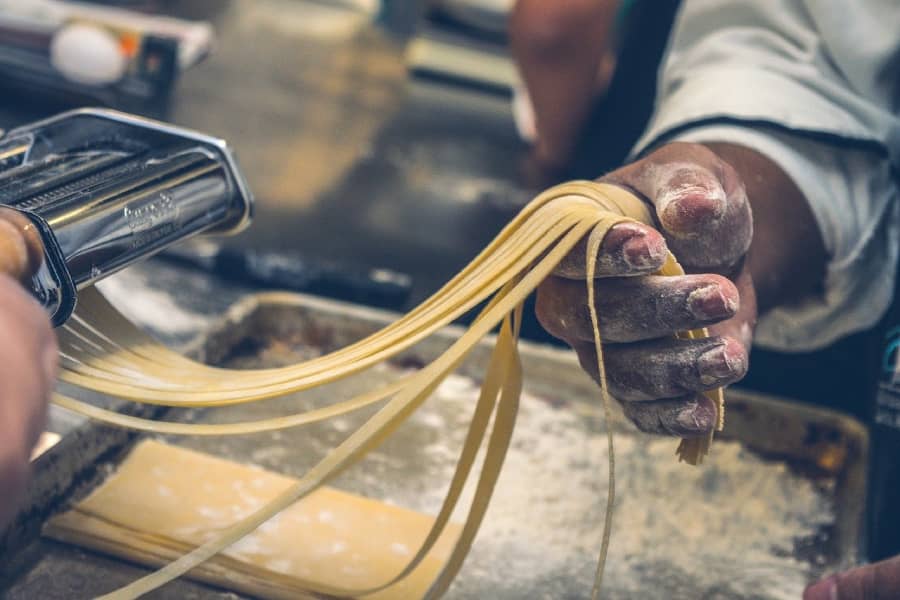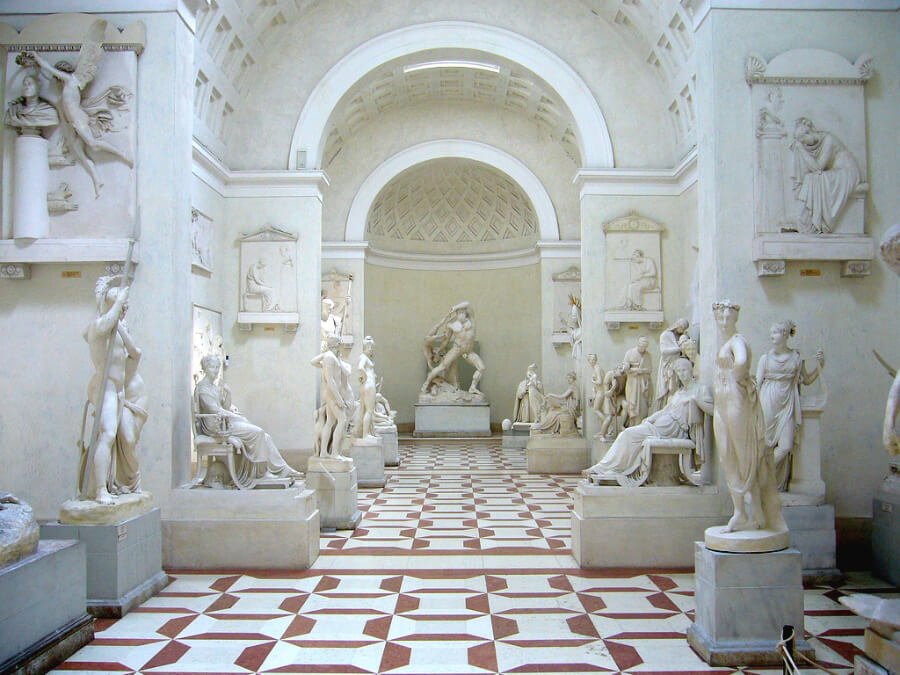
Travelers continues our trip to discover the province of Treviso in Veneto. Today we bring you to Possagno: the birthplace of the painter and sculptor Antonio Canova.
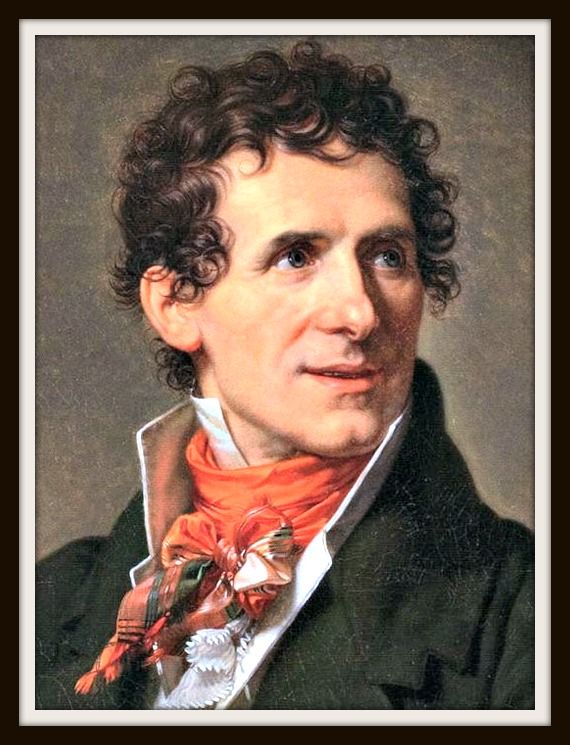
Who was Antonio Canova? Maybe you know the sculpture of the “Three Graces” or the most famous statue of Eros and Psyche. Both are works of Antonio Canova the greatest exponent of Neoclassicism: the cultural trend, which developed in Europe between the eighteenth and nineteenth centuries, which was inspired by the canons of art and beauty of ancient Greece and Rome.
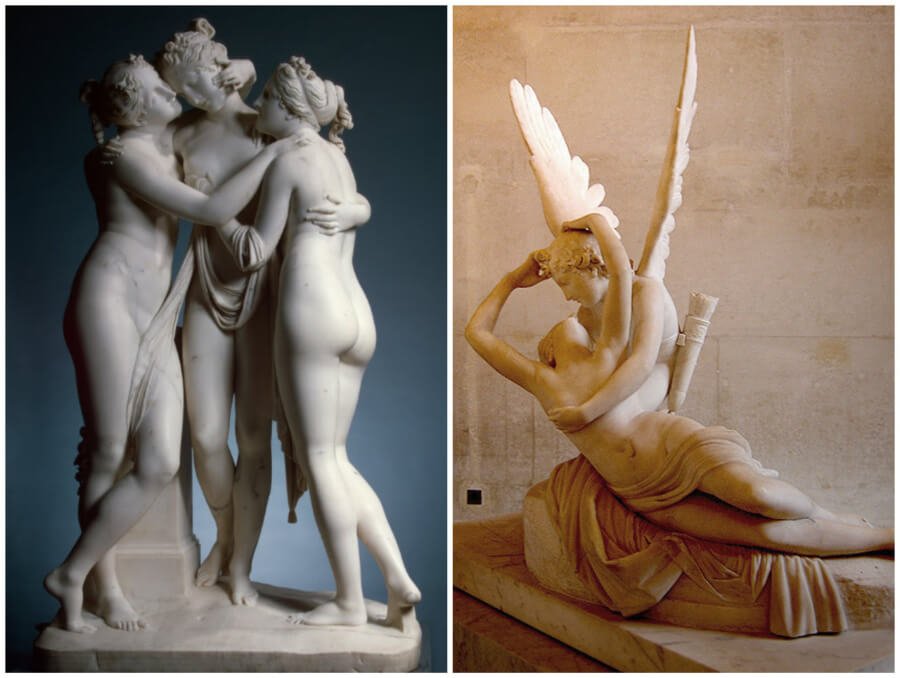
Canova was born in the small town of Possagno in 1757 and lived with his grandfather Pasino Canova, stonecutter by profession, who initiated him to the beauty of art. After some experience in Venice opened his own shop and began to draw inspiration from the sculptures of ancient Greece and Rome.
He also lived in Rome where he worked for popes and kings, but he never forgot his birthplace where he built a neoclassical temple that since 1832 it’s become the place of his tomb.
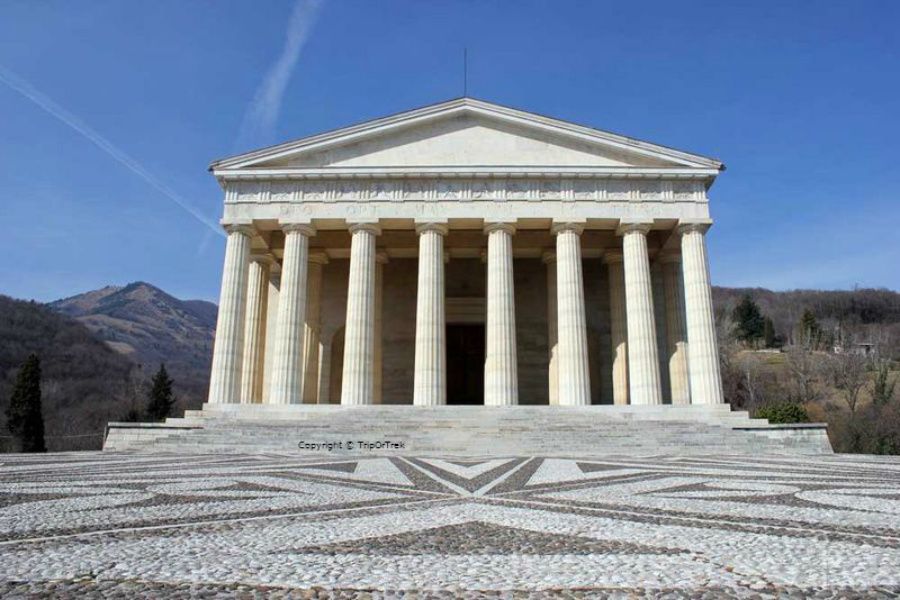
A wide avenue connects the temple with the birthplace of the artist that today it has become a museum. Next to it stands the Gipsoteca that collects models of plaster statuettes, terracotta and some marbles.
The statues, in fact, were born after careful studies: the artist made a first sketch in clay from a drawing, then he created a plaster statue and only in the end he worked marble.
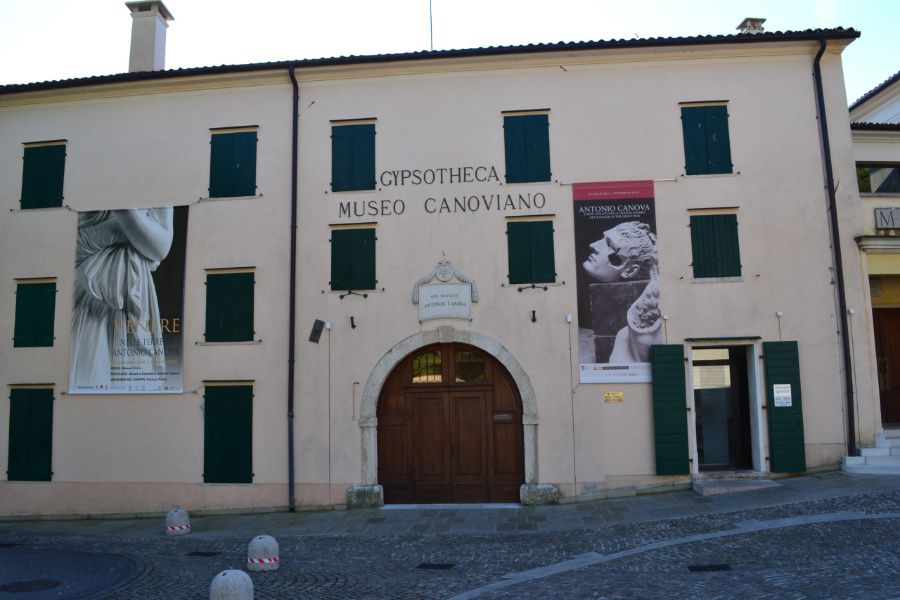
The museum is open Tuesday, Wednesday, Thursday, Friday, Saturday, Sunday, from 9:30 am to 18 pm. The ticket costs 10 €, reduced 6 €. In addition until the 28 February 2016 the museum will host the exhibition “Antonio Canova: The Art violated in the Great War”.
During World War I, in fact, the bombs destroyed the museum and damaged many works of art by Antonio Canova. The exhibition brings together some of the statues damaged along with the photographs of Guido Guidi and Gian Luca Eulisse that, in their shots, presenting the works ruined as witnesses of the most tragic and inexcusable human experiences: the war.
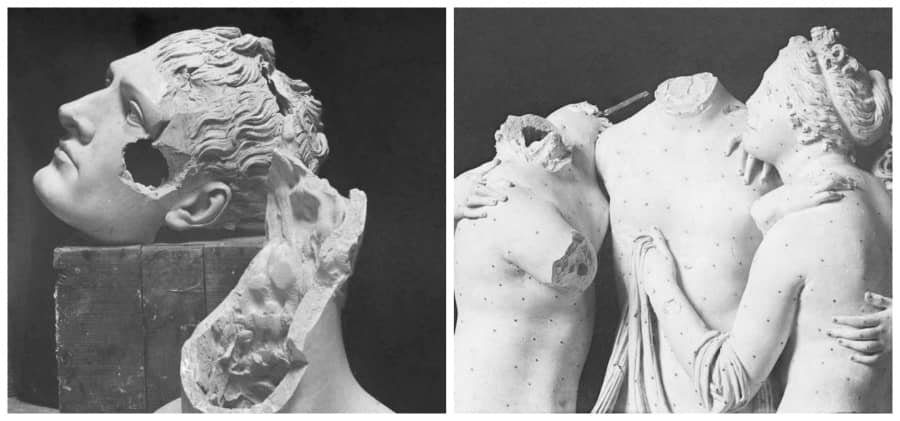
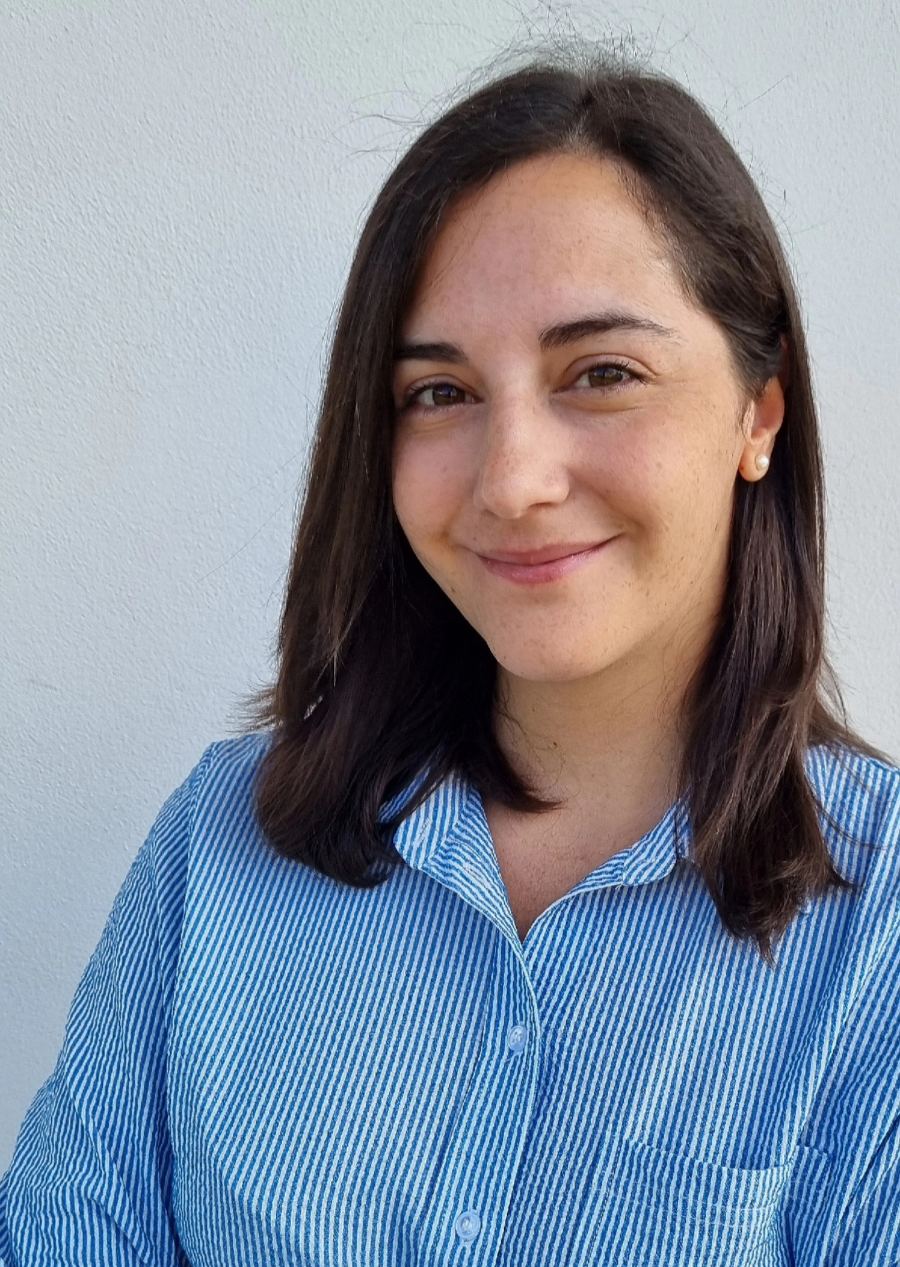
Viaggio e racconto il tuo territorio scrivendo di turismo, marketing territoriale e storytelling nel mio blog TripOrTrek



